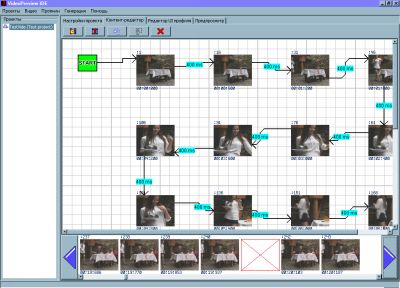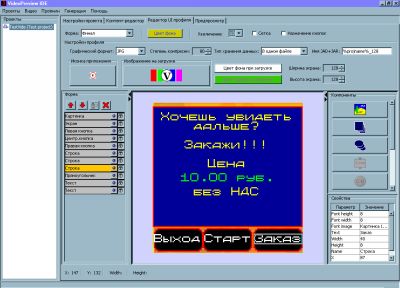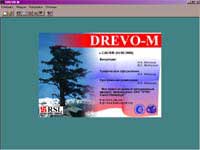
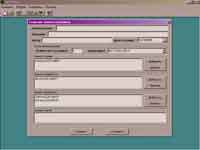

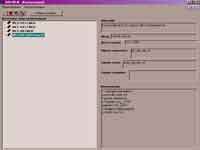
I have collected some screenshots and short reserences of my very old developments on this page.
I was hired by OTIS Elevator Company (Saint Petersburg branch, Russia) in 1999 to continue the development of a system for the contract department. The system had been started by a previous developer, but after he left the company, it was no longer functional. I decided that the best approach would be to rewrite the system from scratch and developed my own Delphi-based version, which I named "Drevo" (meaning "Tree" in ancient Russian).
Over the course of several months, I built the system, and the contract department quickly adopted it for generating contract documentation and ROMs for elevators. It became an integral tool within the company and was even incorporated into internal training courses. The system also featured a simple domain-specific language called "RSL", which had a complexity level similar to BASIC.




All project work at OTIS Elevator Company was organized within a project network. When management decided to automate contract processing, I was tasked with developing an intranet-based system to enable contract teams to collaborate on data. Since our network consisted mainly of 386 PCs, I needed a solution that could run efficiently in that environment.
Rather than using Delphi, I chose to experiment with Java 1.1, which was a relatively new technology at the time. I purchased its SDK on CD along with a Java programming book and found that Java provided a much easier way to develop multi-threaded applications compared to Delphi.
For this project, I developed a custom HTTP server, which I named "Titmouse." It featured an embedded domain-specific language inspired by FORTH, which I called "Forth Server Pages (FSP)." The entire server was compact, with a JAR file size of approximately 200 kB. We used MS Access as the contract database, and the server connected to it via the JDBC-ODBC bridge.
Developing the entire system from scratch took about four months. Remarkably, Java 1.1 was powerful enough to handle multiple requests efficiently, even from around 15 networked 386 PCs running Windows 3.11. The server itself ran on a Pentium II 200 MHz with Windows 98. Despite working mostly in interpreter mode and without extensive optimizations in the DSL implementation, the system performed reliably.
The system was actively used for a couple of years without issues before eventually being rewritten in Perl.
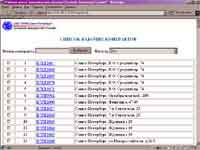
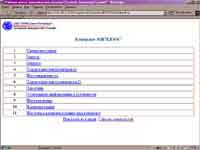
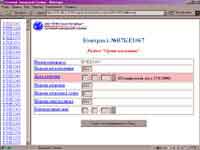
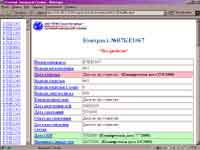
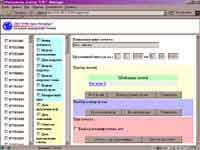
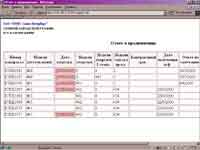
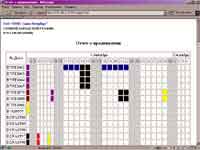

In 2001, I received a request from OTIS Elevator Company to develop a software-hardware system to automate the testing of COP (Car Operating Panel) panels and provide an easy-to-use interface for workers.
The available hardware was quite limited—workers only had 486 PCs running MS-DOS with 2MB of RAM—so I chose FORTH as the programming language due to its efficiency and low resource requirements.
The hardware component included a connector to the COP and a microcontroller-based adapter that interfaced with the PC. For the core of the adapter, I used an Atmel AVR AT4414 microcontroller.
The system was successfully developed and operated without issues—or even the need for support—for several years. Interestingly, the biggest threat to the system turned out to be mice (the rodents, not the peripherals), but even they couldn’t take it down easily.
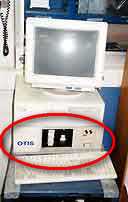
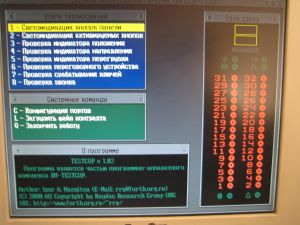
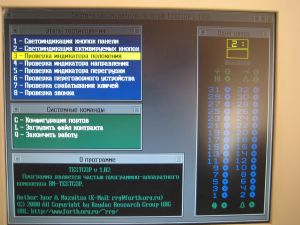
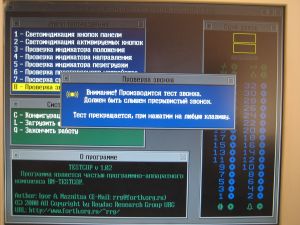
In 2001, I began working for the INFON brand, which was the first and largest provider of SMS services and mobile content in Russia. One of my first tasks was to develop online tools (using Java applets) that allowed users to edit and preview content before sending it to mobile devices. The project was called "Logotone."
The first online application I developed was an OTT tone player (for Nokia’s SMS-delivered sound format), enabling users to preview melodies online before sending them to their mobile phones.
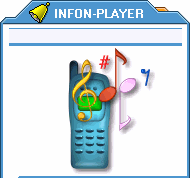
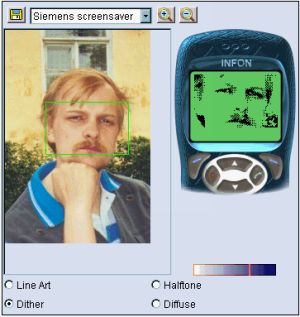
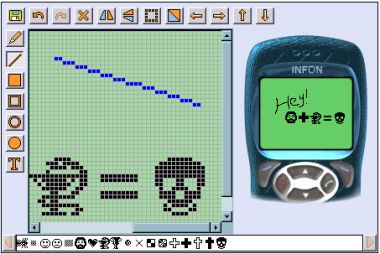
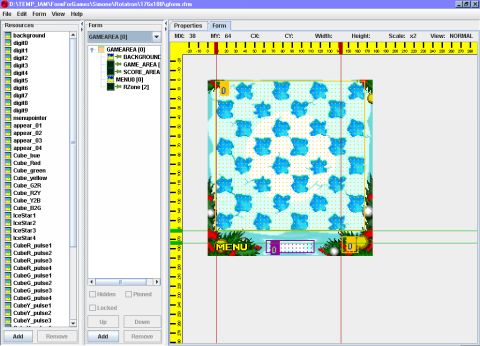

In the early 2000s, SMS services were extremely popular, with magazines regularly advertising content like “Send XXX to get this picture/sound on your mobile.”
In 2003, during a weekend, I came up with the idea of using a J2ME application to provide users with a more convenient and faster way to send SMS messages and order content. Over that same weekend, I developed a prototype and presented it to my partners from an SMS service provider. They were amazed by the concept and quickly launched the “SMS Catalog” service for their users.
I requested only 10% of the net profit, and we successfully ran the system for several months. However, the application was simple enough that my partners eventually cloned it, including even an embedded game, and pushed me out of the business. Soon after, competitors also started developing their own versions. The idea was never patented, but I may have been the first in Russia to create such an application.
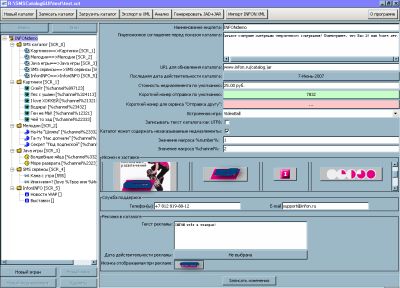
After many years in business, the Russian brand INFON was acquired by ZED, but I maintained strong connections with my former colleagues.
At one point, they approached me with a request to develop a GUI application that could generate J2ME applications for previewing videos. The app would allow users to watch a video preview and send an SMS if they wanted to access the full version.
I developed a Java-based solution that supported J2ME application generation for a wide range of mobile devices. My client was highly satisfied with its performance and usability.
